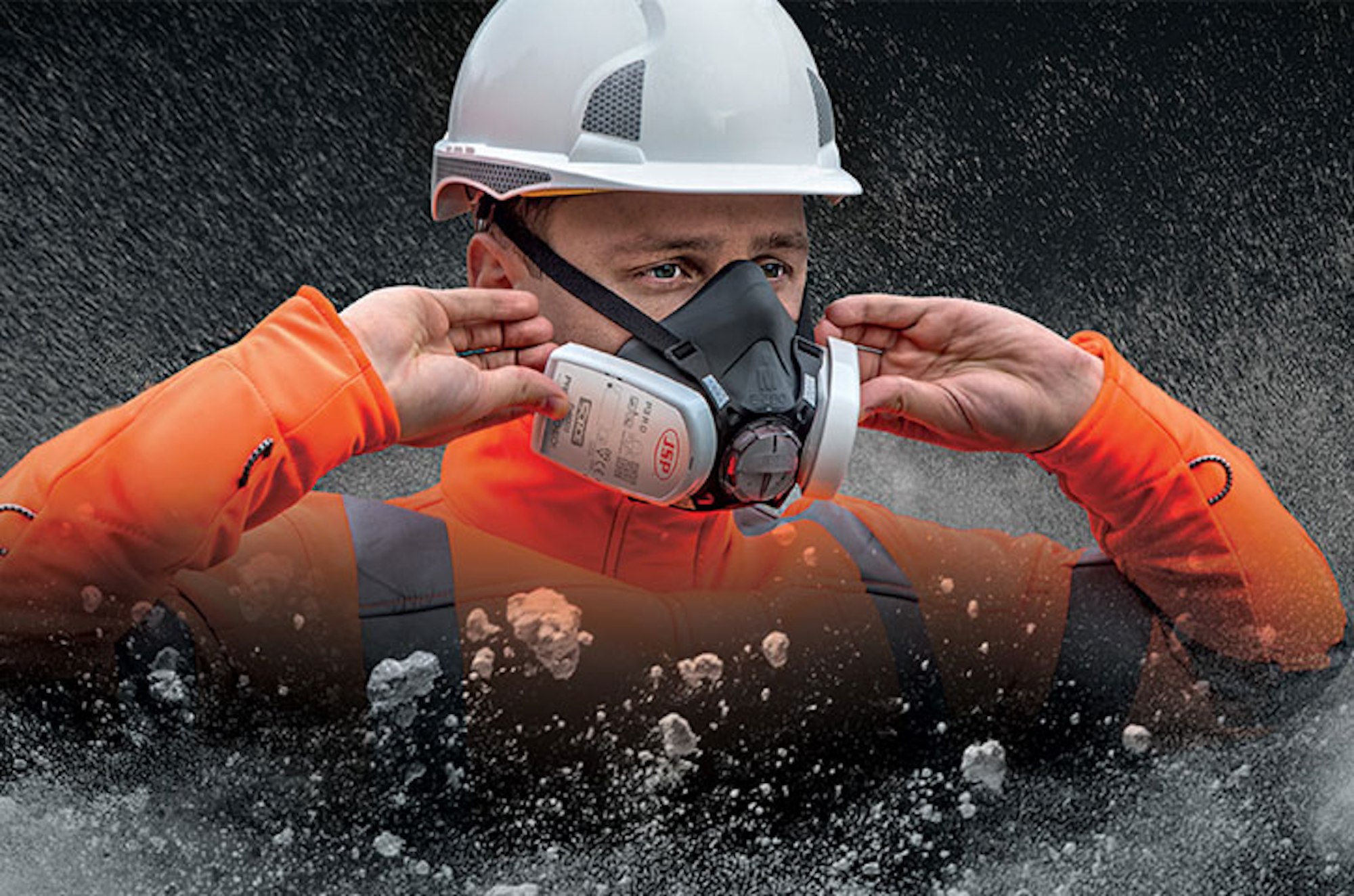FILTERING OUT THE RISK: UNDERSTANDING RESPIRATORY MARKINGS
4 minute read

As with any safety product, comes regulations and markings that can be difficult and confusing to those with an untrained eye, but as we work our way through uncovering all these ratings within the safety industry, and as SMI aims to build a bank of supporting resources – let’s strip back respiratory with a complete guide to understanding the codes.
WHAT ARE FILTER MARKINGS?
At first glance, it’s understandable to think that these filter codes may seem like a random jumble of letters. However, there's a systematic approach behind all the madness.
Filter markings serve as a roadmap to respiratory protection, offering valuable insights into a filter's capabilities and specifications. These codes, often comprised of alphanumeric characters, symbols, or colours, provide critical information such as the types of contaminants the filter guards against, its efficiency level, compatibility with specific respirators, and expiration date.
WHY IS IT IMPORTANT TO UNDERSTAND THESE MARKINGS?
When using a respirator, choosing the right filter for the hazards you're dealing with is absolutely vital. In fact, choosing the wrong filter can be dangerous, having long-term health consequences and in some rare occasions, even be deadly.
These codes, regulated by European Safety Standards such as EN 143 and EN 14387, are specifically related to the filters themselves, separate from the respirators or masks. These standards ensure that filters undergo rigorous testing for various aspects including filtration efficiency, breathing resistance, clogging resistance, penetration, and more.
Now, with all that in mind, let's unravel the codes and take a closer look at what each rating means, explained in the easiest way possible (we hope).
EN 143
EN 143 is the guideline for particulate filters, which assesses their ability to filter particles, their compatibility with other respiratory gear, and their efficiency in filtration. Each filter is given a code or mark based on how well it filters particles:
P1: Provides a minimum efficiency of 80%.
P2: Offers a minimum efficiency of 94%.
P3: Guarantees a minimum efficiency of 99.5%.
Class P3 particulate filters represent the highest level of protection available. These filters are specifically designed for safeguarding against highly toxic or extremely irritant particulates, such as beryllium, particularly when worn in conjunction with a full facepiece respirator.
SHOP P3 RESPIRATORS >
EN 14387
This standard applies to gas and vapour filters, as well as combined filters. It's a bit more complex because it needs to distinguish between different types of gases and vapours to specify what the filter can and cannot handle. Like EN 143, it also determines if a filter can be used with other respiratory equipment and how well it filters.
In this standard, different letters are used to categorise filtration. For instance, "A" stands for organic vapours, and "B" stands for inorganic
A FULL OVERVIEW OF THE LETTER MARKINGS:
|
Filter Type |
Main Applications |
Colour Code |
|
A |
Organic gases and vapours with a boiling point higher than 65°C |
Brown |
|
B |
Inorganic gases and vapours, E.g. Chlorine |
Grey |
|
E |
Acid gases and vapours, E.g. Sulphur Dioxide |
Yellow |
|
K |
Ammonia and organic ammonia derivatives |
Green |
|
P |
Particulates |
White |
|
Hg |
Mercury vapours |
Pink |
|
NO |
Nitrous gases, E.g. Nitrous Oxide |
Blue |
|
AX |
Certain organic compounds with a boiling point less than 65°C |
Brown |
|
S |
Solid |
White |
|
L |
Liquid |
White |
|
R |
Reusable: can be used longer than one shift |
N/A |
|
D |
Passed the dolomite clogging test |
N/A |
For EN 14387, the number alongside a letter for gas filters indicates their filtering capacity:
1: Small capacity, filtering up to 0.1 volume % (equivalent to 1,000 parts per million).
2: Medium capacity, filtering up to 0.5 volume % (equivalent to 5,000 parts per million).
3: Large capacity, filtering up to 1.0 volume % (equivalent to 10,000 parts per million).
Filters with higher capacity can be used for longer durations or in environments with higher concentrations of contaminants.
Selecting the right filter requires assessing factors like the type of hazards and the duration of exposure. By grasping the filtering capacities outlined in these standards, individuals can make informed decisions about their respiratory protection needs.
Prioritising safety is crucial, and understanding filter markings ensures respiratory equipment operates effectively in hazardous settings. Knowledge is key to safeguarding respiratory health.
You can explore our website for respiratory products here, with a wide range of brands such as JSP, 3M and Moldex.